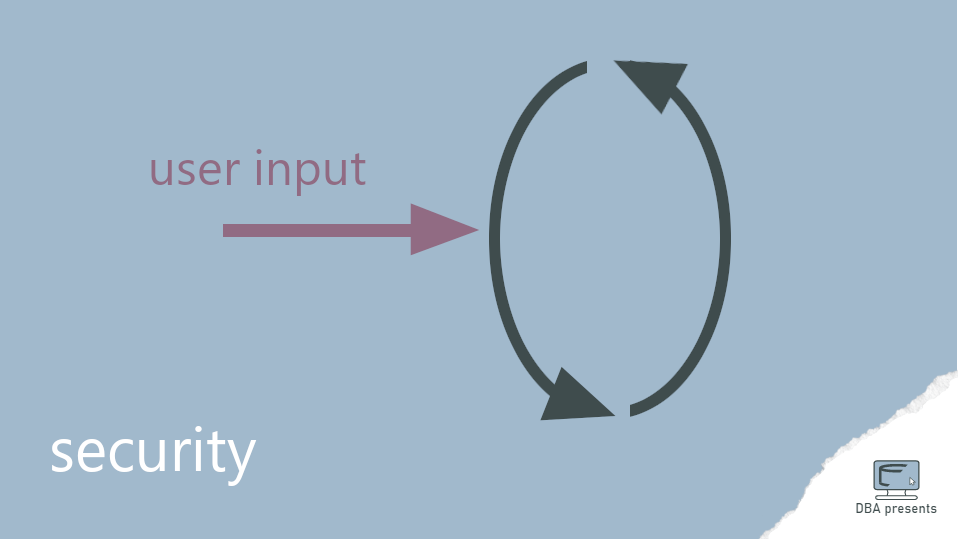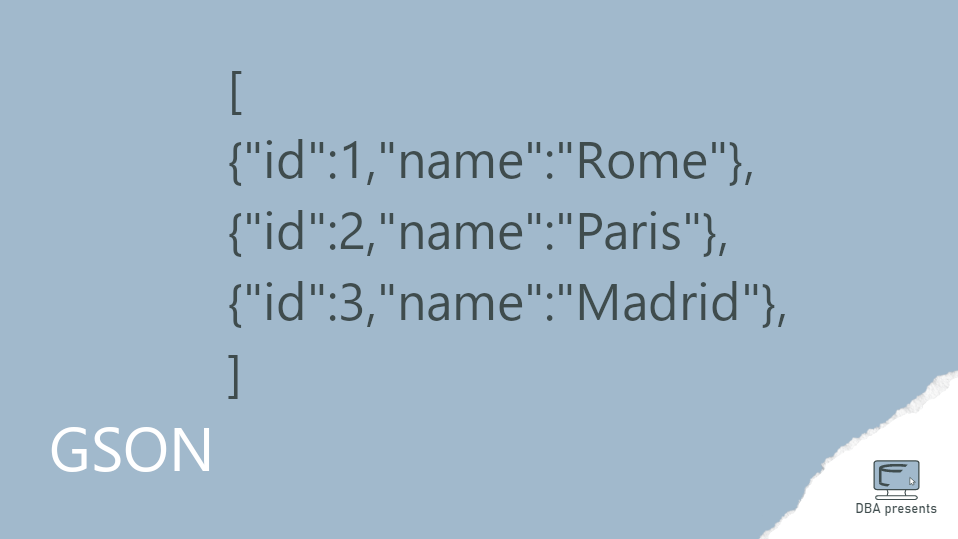Are you experienced with Java 11 and would you like to start writing applications in Java 17? Then you have to learn what new features are available. Of course, you can check new features of each consecutive Java version from 11 to 17. But why go around instead of directly checking a list of all new features available in Java 17 since 11? I have prepared one - the most important and useful language changes are in this article.









